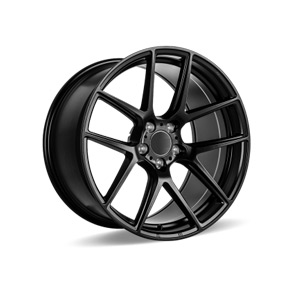line shaft clutch
The Line Shaft Clutch An Essential Component in Industrial Machinery
In the realm of industrial machinery, efficiency and precision are paramount. One critical component that plays a vital role in ensuring these qualities is the line shaft clutch. This mechanical device is designed to connect and disconnect power transmission between a driving shaft and various driven components without the need for complete system shutdown. Understanding the workings and benefits of line shaft clutches can provide significant insights into their importance in manufacturing processes.
What is a Line Shaft Clutch?
A line shaft clutch is primarily used in systems where multiple machines are powered by a single motor or driving source. It typically consists of a clutch mechanism that engages or disengages the power supply to driven machines, allowing for controlled operation. This is especially important in environments where machinery needs to be stopped or started frequently, as it enhances operational flexibility and reduces wear and tear.
How It Works
The functionality of a line shaft clutch is rooted in its design
. It generally features two main components the driving element, which is connected to the power source, and the driven element, which is linked to the machinery needing power. When engaged, the clutch allows torque to transfer from the driving to the driven element, effectively powering the attached machinery. Conversely, disengagement stops the power transfer without interrupting the operation of the entire system.This mechanism can be actuated manually or automatically, depending on the application and operational requirements. Many modern systems incorporate pneumatic or hydraulic actuation for quick and efficient clutch engagement and disengagement.
line shaft clutch

Benefits of Line Shaft Clutches
The implementation of line shaft clutches offers several advantages. Firstly, they enhance operational efficiency by allowing selective drive control. This means that only the necessary machines can be activated at any time, conserving energy and reducing operational costs. Additionally, the ability to start and stop machinery without shutting down the entire system minimizes downtime and increases productivity.
Another significant benefit is the reduction of mechanical stress on components. By enabling soft starts and stops, line shaft clutches help prevent sudden jolts that could otherwise cause damage to machinery. This prolongs the lifespan of equipment and minimizes maintenance needs, leading to lower overall operational costs.
Applications in Industry
Line shaft clutches are widely used across various industries, including textile manufacturing, food processing, and automotive production. In these industries, the ability to manage multiple machines effectively is crucial. For example, in a textile factory, different weaving machines can be powered on and off as needed, improving workflow and resource management.
Conclusion
In summary, line shaft clutches are essential components in modern industrial environments. They offer a unique combination of flexibility, efficiency, and protection for machinery, ensuring smooth operational processes. As industries continue to evolve, the importance of such innovations will only grow, making line shaft clutches a key consideration for future advancements in mechanical engineering and manufacturing practices.
-
Upgrade Your Vehicle with High-Quality Handbrake CablesNewsNov.01,2024
-
Optimize Your Bike's Performance with Quality CablesNewsNov.01,2024
-
Enhance Your Vehicle's Performance with Quality Clutch ComponentsNewsNov.01,2024
-
Elevate Your Vehicle's Performance with Quality Throttle CablesNewsNov.01,2024
-
Elevate Your Vehicle's Performance with Quality CablesNewsNov.01,2024
-
Affordable Solutions for Your Cable NeedsNewsNov.01,2024
